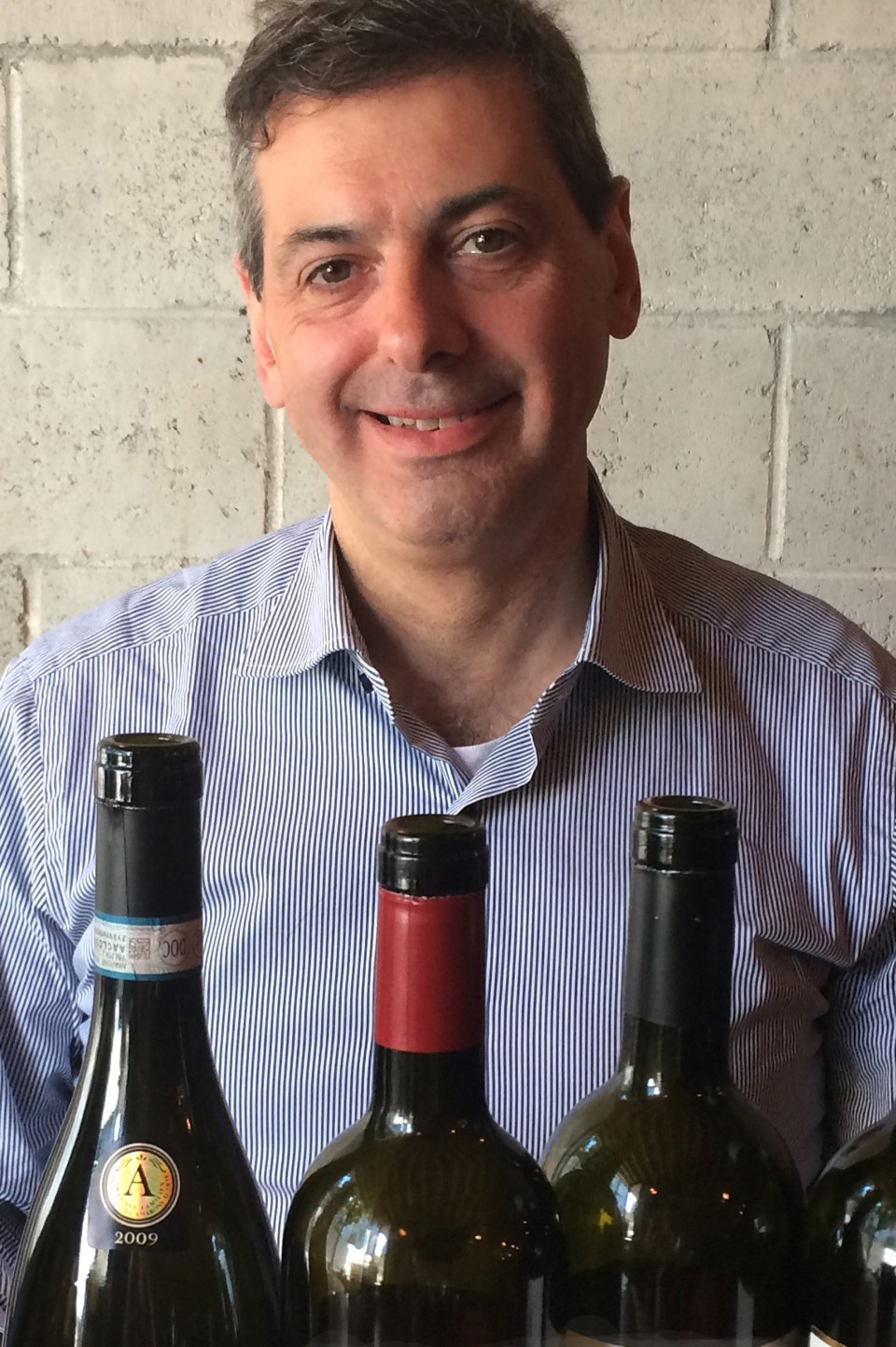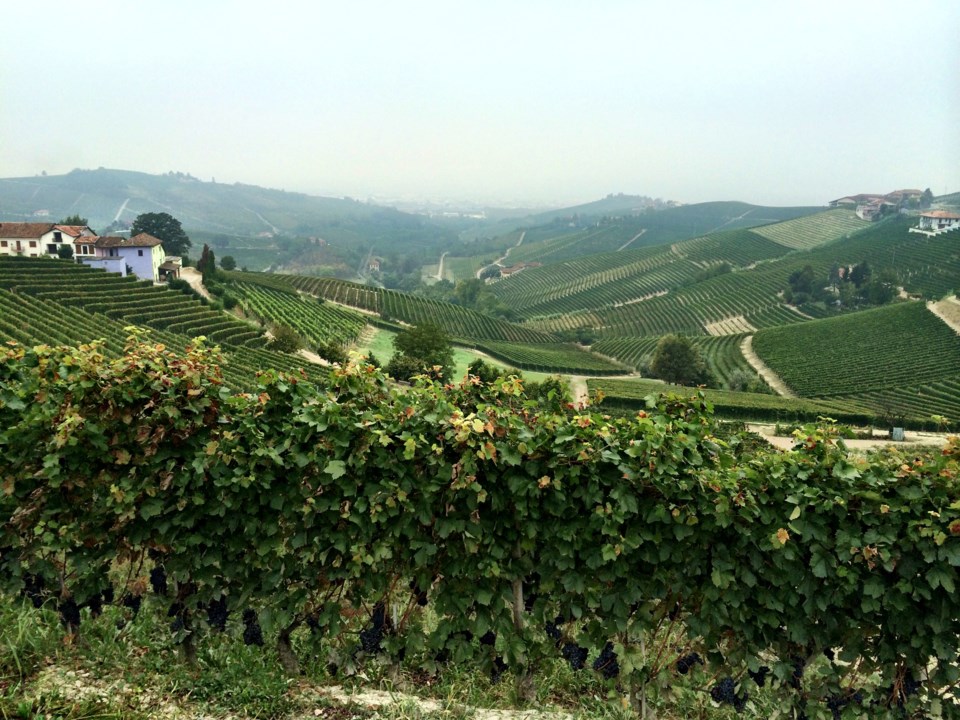The Vancouver International Wine Festival (VIWF) marks its 38th anniversary with Italy as the theme region. As regular readers may well imagine, I couldn’t be happier. I also believe the timing couldn’t be better.
Italy is currently a hot category in BC. In terms of imported wine by value, it firmly supplanted Australia within the last year, propelling Italy to second place behind the US. It continues to grow at almost 15 per cent. The huge popularity of Prosecco and Pinot Grigio plays a major role in Italy’s ascendance. Yet other classic favourites like Brunello, Barbaresco, Barolo and Chianti/Chianti Classico are also rising with the tide.
But why now? Certainly, it goes hand-in-hand with our affection for all things Italian. Italy is a popular travel destinations and everyone who goes wants to bring a slice of the lifestyle back. Wine and food is a huge part of that. Just witness the explosion of pizzerias and trattoria-style restaurants around town.

I’m sure we wouldn’t be lapping up Italian wines if they didn’t taste good, though. Truly, they’ve never been better. Lower yields and improved winemaking practices have played a fundamental role in this.
But many countries are making great wines. Beyond improving quality, Italy is also finally playing to its unique strength. This country is blessed with an enormous roster of intriguing indigenous grape varieties most of which don’t grow outside of Italy. While the last 150 years saw many of these treasures endangered due to a variety of natural and manmade circumstances, the pendulum started swinging the other way in earnest at the turn of this century. Passionate producers have recognized the virtues of many of these forgotten varieties and are lovingly nurturing them back to life. There has never been such a frenzy to revive every rediscovered autochthonous grape. It’s an exciting time for the Italian wine-lovers and the VIWF is a prime opportunity to satiate your curiosity.
The last time the VIWF featured Italy as the theme country was 2008. I led a seminar called the Rising Stars of Italy, which included grapes like Arneis, Negro Amaro and Primitivo. At the time, these were relatively obscure in BC. While I wouldn’t call them mainstream now, since then they have flourished on our shelves. If I were to deliver the same seminar this year, I might include Cococciola, Schioppettino and Pecorino, all grapes that have recently been revived or valorized. You can find ALL of the above-mentioned varieties in the Acura Tasting Room.
Believe me, you won’t have time to taste through the incredible diversity of Italy in one single session. I highly recommend hitting the Tasting Room at least a couple of times. Tickets are still available for Thursday, Feb. 25, from 7 to 10pm ($89), as well as the afternoon of Saturday, Feb. 27, from 2:30 to 5pm ($75).
Alternatively (or additionally) you can sample 120 wines from all 60 participating Italian wineries in the context they are truly meant to be enjoyed; which is with food. Taste ITALIA! is a grazing style lunch on Saturday, Feb. 27, from noon to 2pm (tickets $115).
Salute! And see you at the Festival!



The Wine Stars
Well, there are lots of them. If I had to choose three, I’d vote for Tancredi Biondi Santi, Luca Currado and Riccardo Tedeschi. Fight your way through the adoring fans to say hello and ask your burning wine questions.
Tancredi Biondi Santi: Here on behalf of the Biondi Santi family, Tancredi is your direct connection to arguably the most famous producer of Brunello di Montalcino.
Luca Currado: Owner and winemaker at Vietti in Piedmont. From Arneis to Barolo, Luca’s line-up of wines will be just as fascinating as the stories he shares.
Riccardo Tedeschi: Owner Riccardo Tedeschi hails from a family has been in the wine business in the Valpolicella region for almost four centuries.
Must Visit Tables
BC Liquor Stores
Featuring wines from producers not previously seen in BC, this table is a source of off-the-beaten track gems. Don’t leave the tasting room without stopping here for a sip of everything from Trentino’s wild and fruity Teroldego to Sicily’s lovely Cerasulo di Vittoria DOCG as well as Friulano, Picolit, Malvasia Istriana and more.
Chianti Classico Regional Tasting Station
Chianti Classico admirers will make a beeline here (myself included). And if you aren’t a fan yet, prepare to be. A selection of 12 carefully curated wines will demonstrate the various unique subzones within the historical classico area.
Medici Ermete
It might seem like I am pushing Lambruscos. That’s because I am. Between Cleto Chiarli and Medici Ermete, you’ll be able to taste the incredible diversity of these sparkling reds. At Medici Ermete, meet Lambrusco Salamino (named for the salame shape of the grape bunch) and the much more rare Lambrusco Marani.
Braida di Bologna Giacomo
I can guarantee a buzz around any table boasting Barolo. However, savvy sippers should seek out other treasures from Piedmont, like Barbera. This used to be regarded as no more than a simple workhorse grape until producers like Braida showed what it is capable of. Juicy, thirst quenching and appetite stimulating are all apt descriptors.




